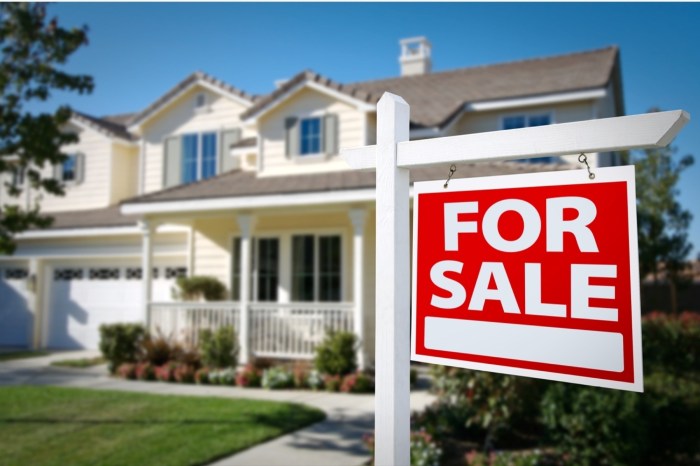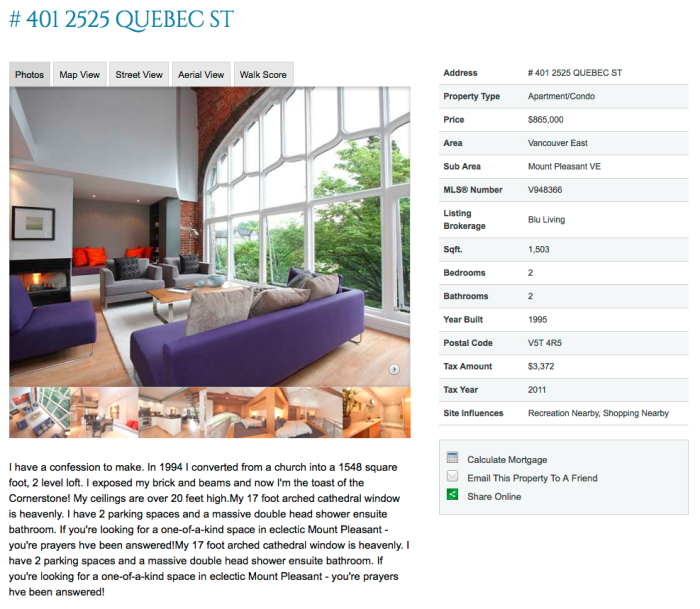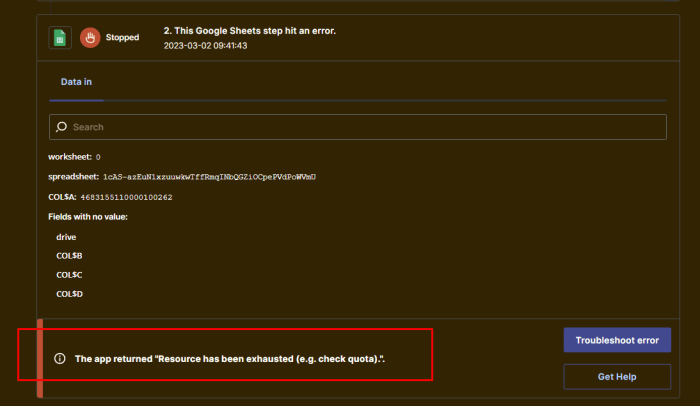Cultural Experiences and Social Opportunities
Retirement offers a unique opportunity to explore new cultures and engage in enriching social activities. Many destinations cater specifically to the needs and interests of retirees, providing a blend of cultural immersion and opportunities for connection and community building. Choosing a location that prioritizes both cultural richness and social engagement can significantly enhance the quality of life during retirement.
For retirees seeking a vibrant blend of cultural exploration and social interaction, several locations stand out. These destinations offer a diverse range of activities and opportunities to connect with like-minded individuals, fostering a sense of belonging and purpose.
Culturally Rich Destinations for Socially Active Retirees
The following table highlights three culturally rich destinations that offer a variety of social activities suitable for retirees, along with estimated cost considerations. Note that costs can vary significantly depending on the time of year, specific activities chosen, and personal spending habits.
| Location | Cultural Attractions | Social Activities | Cost of Participation (USD, estimated per month) |
|---|---|---|---|
| San Miguel de Allende, Mexico | Historic colonial architecture, numerous art galleries, vibrant markets, churches, and museums showcasing Mexican art and history. | Numerous clubs and groups catering to retirees’ interests (e.g., book clubs, art classes, hiking groups, language exchange groups), regular cultural events and festivals. | $1500 – $3000 (excluding accommodation) |
| Florence, Italy | World-renowned art and architecture (e.g., Uffizi Gallery, Duomo, Ponte Vecchio), historical sites, opera houses, and museums. | Cooking classes, wine tasting tours, language courses, art appreciation workshops, walking tours focused on history and culture, senior centers with organized activities. | $2500 – $5000 (excluding accommodation) |
| Cusco, Peru | Inca ruins (e.g., Machu Picchu, Sacsayhuamán), colonial architecture, vibrant local markets, and museums showcasing Peruvian history and culture. | Hiking and trekking groups, Spanish language classes, volunteer opportunities with local communities, cultural immersion programs, and opportunities to join local festivals and celebrations. | $1800 – $3500 (excluding accommodation) |
Benefits of Social Engagement for Retirees
Social engagement is crucial for maintaining physical and mental well-being in retirement. Participating in social activities combats loneliness and isolation, reduces the risk of cognitive decline, and promotes a sense of purpose and belonging. In the locations listed above, retirees can readily find opportunities to connect with others who share their interests, fostering friendships and a supportive community.
The shared experiences and sense of camaraderie contribute to a more fulfilling and enjoyable retirement.
Participating in Local Events and Connecting with Residents
Retirees can actively participate in local events and connect with residents by utilizing various resources. Many destinations offer senior centers or community centers that provide information on local events, classes, and social groups. Online forums and social media groups dedicated to expats or retirees in specific locations can also be valuable resources for finding social activities and connecting with others.
Additionally, attending local festivals, markets, and cultural events provides opportunities for interaction and immersion in the local culture. Simply striking up conversations with locals in cafes, shops, or during activities can lead to meaningful connections and friendships.
Safety and Security Considerations for Retirees
Choosing a retirement location involves careful consideration of safety and security. For retirees, a sense of peace and well-being is paramount, and the environment should reflect that. This section will examine several locations known for their robust safety measures and low crime rates, providing a clearer picture for those planning their retirement destination.
Safe and Secure Retirement Locations
The selection of a safe retirement location depends on various factors, including crime rates, emergency response times, and the presence of community security measures. Three locations frequently cited as particularly safe for retirees are:
- The Villages, Florida: This large, planned retirement community boasts a remarkably low crime rate, significantly lower than the national average. Factors contributing to its safety include a strong community watch program, 24/7 security patrols, and a well-maintained infrastructure that deters crime. The community’s design, with well-lit streets and easily accessible emergency services, further enhances safety.
- Sun City, Arizona: Similar to The Villages, Sun City benefits from its planned community structure. The community’s gated entrances, security personnel, and active resident involvement in crime prevention contribute to a secure environment. The city itself also enjoys a relatively low crime rate compared to other metropolitan areas.
- Asheville, North Carolina: While not exclusively a retirement community, Asheville offers a blend of small-town charm and modern amenities in a relatively safe environment. Its lower population density compared to larger cities contributes to a lower crime rate. Additionally, Asheville benefits from a responsive police department and a strong sense of community, fostering a safe and welcoming atmosphere.
Crime Rates and Emergency Services
Crime rates vary significantly between locations. Data from the FBI’s Uniform Crime Reporting (UCR) Program and local police departments can provide insights into specific crime statistics for each area. For example, The Villages consistently reports exceptionally low rates of violent and property crime. Sun City also maintains a low crime rate, benefiting from its controlled access and community policing initiatives.
Asheville, while larger than the other two, still boasts a relatively low crime rate compared to larger metropolitan areas. Emergency services in all three locations are generally considered responsive and efficient. Each location has well-equipped hospitals and readily available ambulance services.
Security Measures in Retirement Communities
Many retirement communities implement comprehensive security measures to protect their residents. These measures often include:
- Gated entrances and security personnel: Controlled access points restrict entry to authorized personnel and residents, acting as a primary deterrent to crime.
- 24/7 security patrols: Regular patrols by security personnel provide a visible presence and deter potential criminals.
- Security cameras and monitoring systems: Surveillance cameras in common areas and around buildings monitor activity and provide evidence in case of incidents.
- Emergency call systems: Many communities offer emergency call systems, allowing residents to quickly contact security or emergency services in case of need.
- Community watch programs: Resident participation in community watch programs promotes vigilance and fosters a sense of collective responsibility for security.



